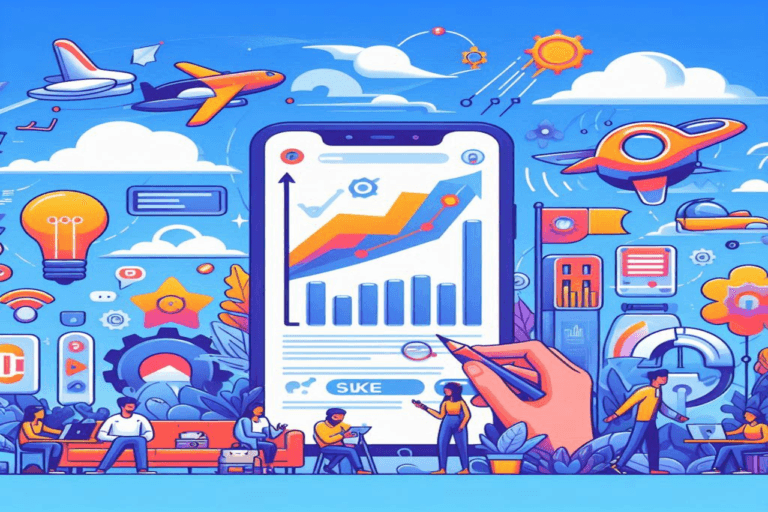How to Prepare for a Cookieless World
In today’s rapidly evolving digital landscape, the role of cookies in tracking user behavior and optimizing advertising strategies is undergoing significant change. With growing concerns over data privacy and the introduction of stringent regulations like GDPR and CCPA, businesses are increasingly shifting towards a cookieless future. According to recent industry surveys, 67% of marketers are proactively investing in privacy-preserving technologies to adapt to these new challenges.
Understanding the Shift to a Cookieless World
The move away from third-party cookies is not merely a response to regulatory pressures but also reflects consumer demand for greater transparency and control over their data. Major web browsers, including Google Chrome and Safari, are phasing out support for third-party cookies, pushing marketers to explore alternative methods for tracking and targeting users effectively. Research from eMarketer reveals that 80% of marketers express concerns about the future implications of cookie restrictions on their advertising capabilities.McKinsey reports that businesses focusing on data privacy and security are significantly more likely to achieve their revenue goals compared to those that do not prioritize these aspects.
Key Strategies for Adapting to a Cookieless Future
1. Invest in Privacy-Preserving Technologies
- Federated Learning: This approach allows algorithms to be trained across multiple decentralized devices or servers holding local data samples without exchanging them. It enhances privacy by keeping user data on their devices.
- Differential Privacy: This technique introduces noise to data to ensure that individual users cannot be identified, even when the data set is analyzed. It helps maintain user privacy while still allowing for meaningful data analysis.
- Data Clean Rooms: These secure environments allow multiple parties to analyze and match user data without sharing raw data, ensuring privacy and compliance with data protection regulations.
2. Leverage First-Party Data
First-party data, collected directly from your audience through your channels (like websites, apps, and emails), becomes increasingly valuable. This data is consent-based and provides high-quality insights into user preferences and behaviors.
3. Contextual Advertising
Instead of relying on user data, contextual advertising targets ads based on the content users are viewing. This method respects user privacy while still delivering relevant ads.
4. Identity Solutions
Companies are developing alternative identifiers to cookies, such as email-based identifiers or device fingerprints, which can be used to track users across different platforms in a privacy-compliant way.
5. Strengthen Direct Relationships with Customers
Building stronger relationships with your audience through transparent communication about data usage and offering value in exchange for their data will help maintain trust and encourage users to share their information willingly.
6. Focus on Consent Management
Implement robust consent management platforms (CMPs) to ensure compliance with data protection laws and maintain user trust. These tools help manage user consent for data collection and provide transparency on how data is used.
Implementing a Cookieless Strategy
1. Audit Your Current Data Practices
Evaluate how you currently collect, store, and use data. Identify which processes rely on third-party cookies and assess their impact.
2. Develop a Transition Plan
Create a step-by-step plan to shift from third-party cookies to alternative solutions. This might include testing new technologies, updating privacy policies, and training your team.
3. Test and Optimize
Implement new privacy-preserving technologies on a small scale first to test their effectiveness. Optimize based on the results and scale up as needed.
4. Educate Your Team
Ensure your marketing, analytics, and IT teams are aware of the changes and understand how to use new tools and technologies.
5. Monitor Regulatory Changes
Stay updated on changes in data protection regulations to ensure your strategies remain compliant.
Conclusion
As we navigate towards a cookieless future, businesses have a unique opportunity to prioritize data privacy, build stronger customer relationships, and innovate their digital advertising strategies. By embracing privacy-preserving technologies, leveraging first-party data, and adopting user-centric approaches, organizations can not only comply with regulatory requirements but also drive sustainable growth and customer loyalty in an evolving digital ecosystem.
Join us in preparing for the cookieless world and shaping the future of digital advertising! Stay informed, stay compliant, and stay competitive.







